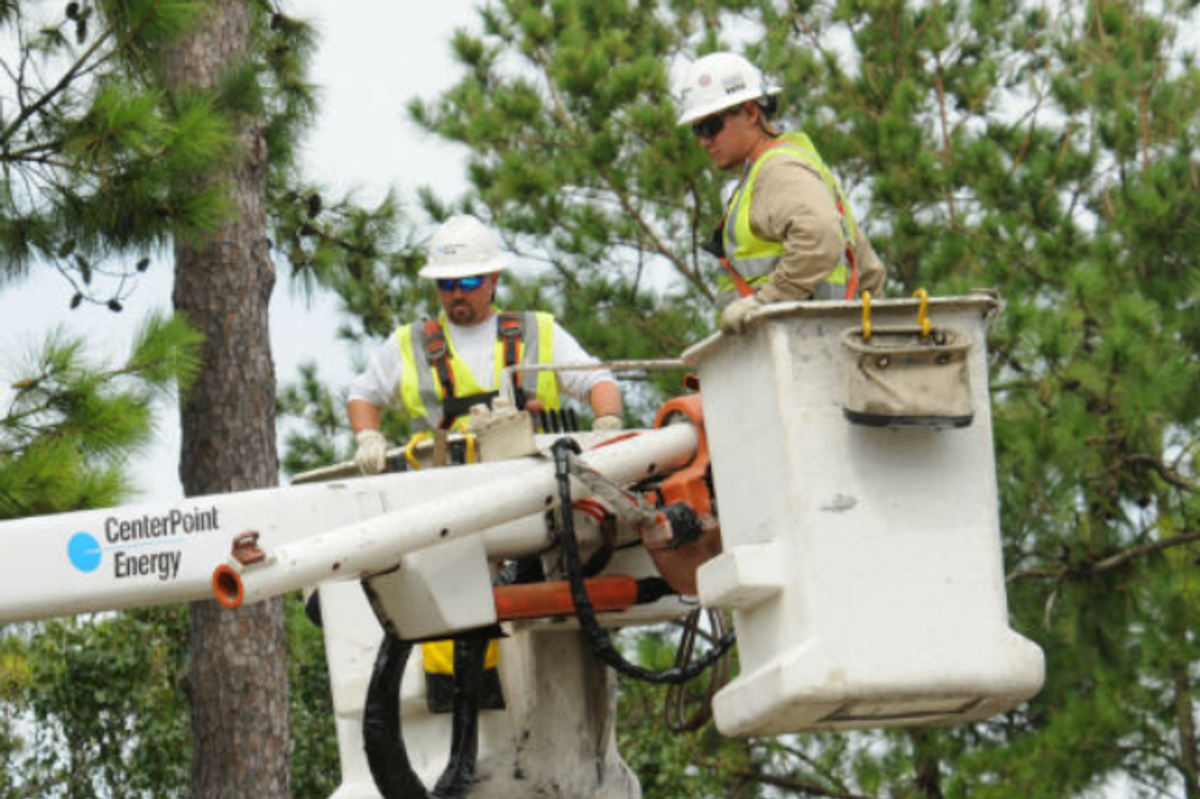UH launches latest micro-credential program focused on energy risks
coming soon
UH Energy at the University of Houston will launch a new micro-credential program this fall focused on risks associated with today's changing energy landscape.
The new self-paced, hybrid program, known as Managing Non-Technical Risks in Energy, is geared towards energy professionals and those who aspire to work in the industry. Enrollment must be completed by Sept. 15 to participate.
According to UH, it will equip participants with "tools, strategies, and real-world insights needed to lead confidently" as they face pressure to meet increased energy demand while also operating under sustainable guidelines.
The program will be led by expert instructors, including:- Suryanarayanan Radhakrishnan, Managing Director of UH Energy
- Amy Mifflin, Principal Consultant and Partner at Sustrio Inc.
- Chris Angelides, Honorary Consul of The Republic of Cyprus to Texas, Managing Director at Ernst & Young LLP
- Carolina Ortega, Vice President, Sustainability and Communications at Milestone Environmental Services
- Krish (Ravi) Ravishankar, Senior Director ESG Analytics & Reporting, Sustainability, Worldwide Environmental Affairs at Oxy
Participants can earn up to three "badges" through the program. Each badge consists of two modules, which can be completed virtually and take about 10 hours to complete over four weeks.
Each module will also include one in-person engagement session that will last about two hours.
The three badges include:- Badge 1: Managing Environmental and Social Risks and Impacts
- Badge 2: Frameworks, Standards, and Implementation
- Badge 3: Advanced Applications
Badges can be earned individually or as a series of three, and participants must complete assessments to earn each badge.
Badge 1 Module 1 will start on Sept. 15, followed by Badge 1 Module 2 on Oct. 20. Find more information here.






 Cody Johnson is the CEO of SCS Technologies, a provider of CO2 measurement systems, petroleum LACT units, and methane vapor recovery units. Photo courtesy of SCS
Cody Johnson is the CEO of SCS Technologies, a provider of CO2 measurement systems, petroleum LACT units, and methane vapor recovery units. Photo courtesy of SCS









